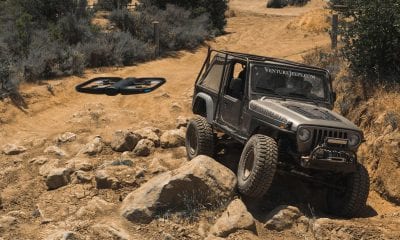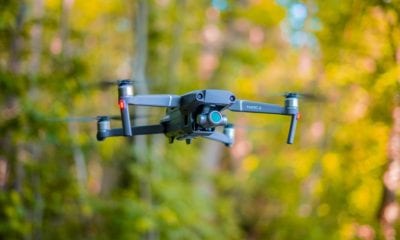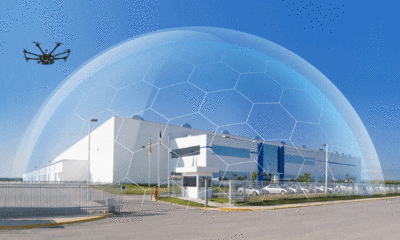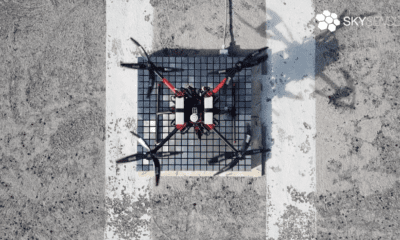Industry
Drones Increasingly Useful at Vehicle Crash Sites
Drones are making immense contribution in the investigation of crash sites for security agencies.
Conventionally, police investigators used chalk marks, tape measures and roller-wheels, or the more recent laser scanning tool to record measurements and skid marks to help them reconstruct crash scenes. These measurements are tedious and take several man hours; also requiring lanes to be shut down partially or entirely, putting emergency responders and crash investigators in harm’s way due to proximity with traffic.
To overcome all these challenges police agencies are turning to drones. Investigators can get software generated 3D models resulting from resolution photos taken by drones.
“It’s about a hundred times more detailed than what we could do with people taking the measurements,” Chief Deputy Jeff Lower said. “And it means that there’s much less time for the road to be closed and traffic to be backed up.”
Drone use for mass surveillance to assist law enforcement without a warrant has received strong flak from Privacy and civil rights advocates; they do not however oppose drone use to investigate car crashes.
“Filming a traffic accident overhead to get a better view, if it’s strictly limited to that purpose, is not the sort of thing that we would necessarily object to,” said Chad Marlow, a senior counsel at the American Civil Liberties Union in New York.
Drones help in multiple ways, from tracking wildfires to search and rescue missions. According to an estimate by the Centre for the Study of the Drone at Bard College in New York, at least 910 state and local police, fire and emergency services agencies have drones.
Lower, of the Tazewell sheriff’s office, said his department spent about $15,000 for the drone program, including training and have been using drones for a year now for accident reconstruction, successfully.
In the recent crash that killed the elderly woman, Lower said it took only 45 minutes to gather information using a drone, rather than the three hours it would have taken on the ground. Maine state police spent $40,000 for three drones and their software and training for reconstruction work last year and have used them more than 30 times to investigate crashes. “We’ve probably saved twice that in overtime alone,” said Lt. Bruce Scott, the traffic safety unit’s commander.
Drones can be controversial, and many states have passed legislation to regulate or restrict their use. But drone use for crash reconstruction and investigation remains exempt. According to Maine State Police Sgt. Darren Foster, who oversees his agency’s drone program, state police in Maine collaborated with legislators to ensure the exemption was included in drone legislation enacted in 2015.
Earlier this year, the sheriff’s office contacted Republican state Del. Bob Thomas, who introduced a bill allowing drones for crash reconstruction without a warrant. The Legislature unanimously passed the measure and it became effective in July.



























